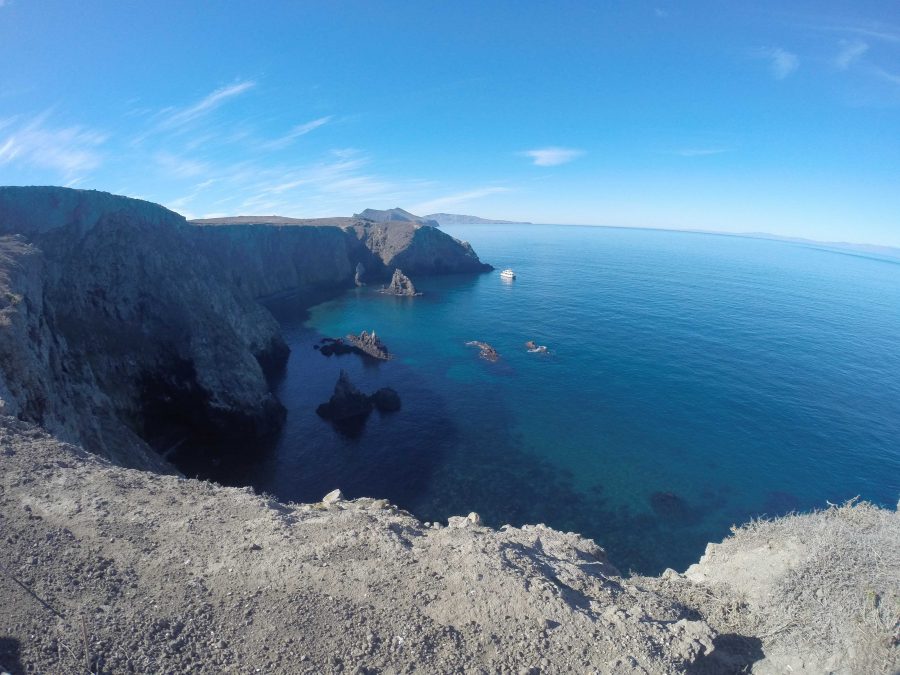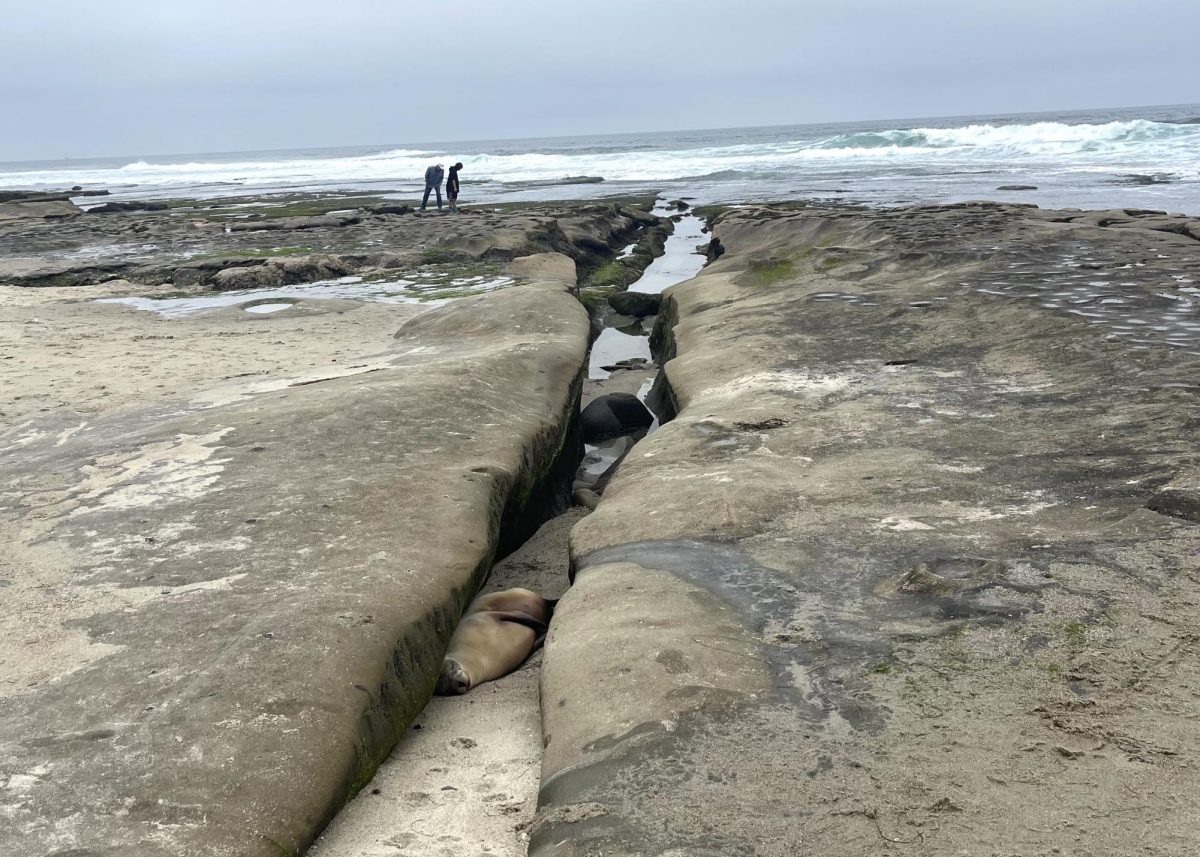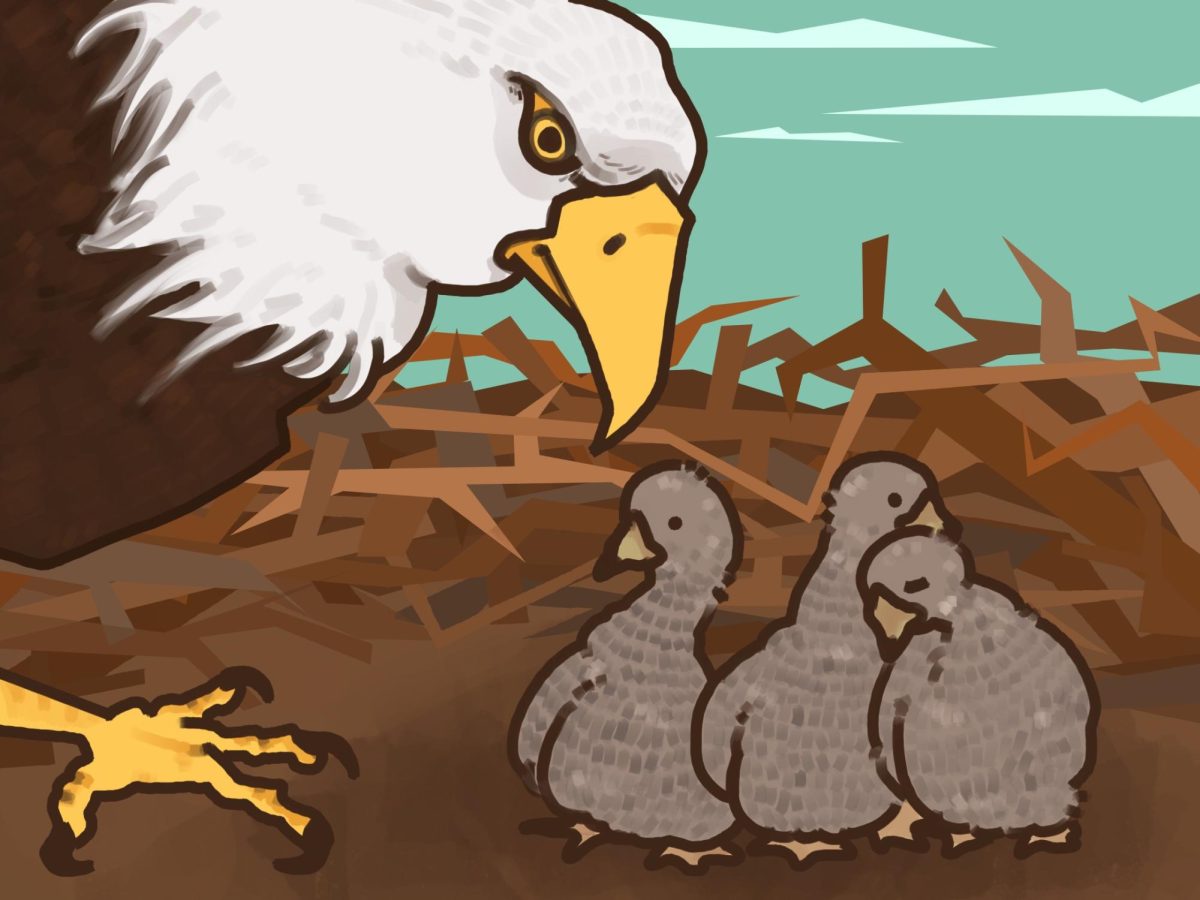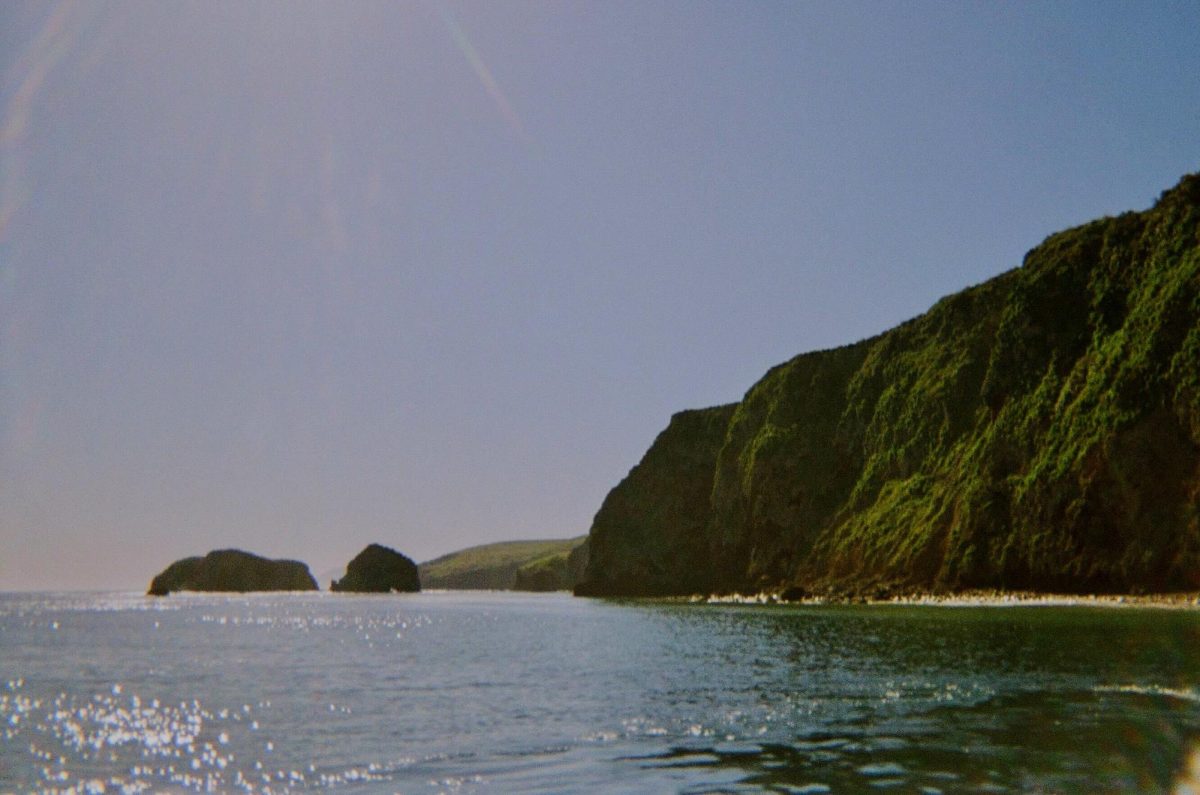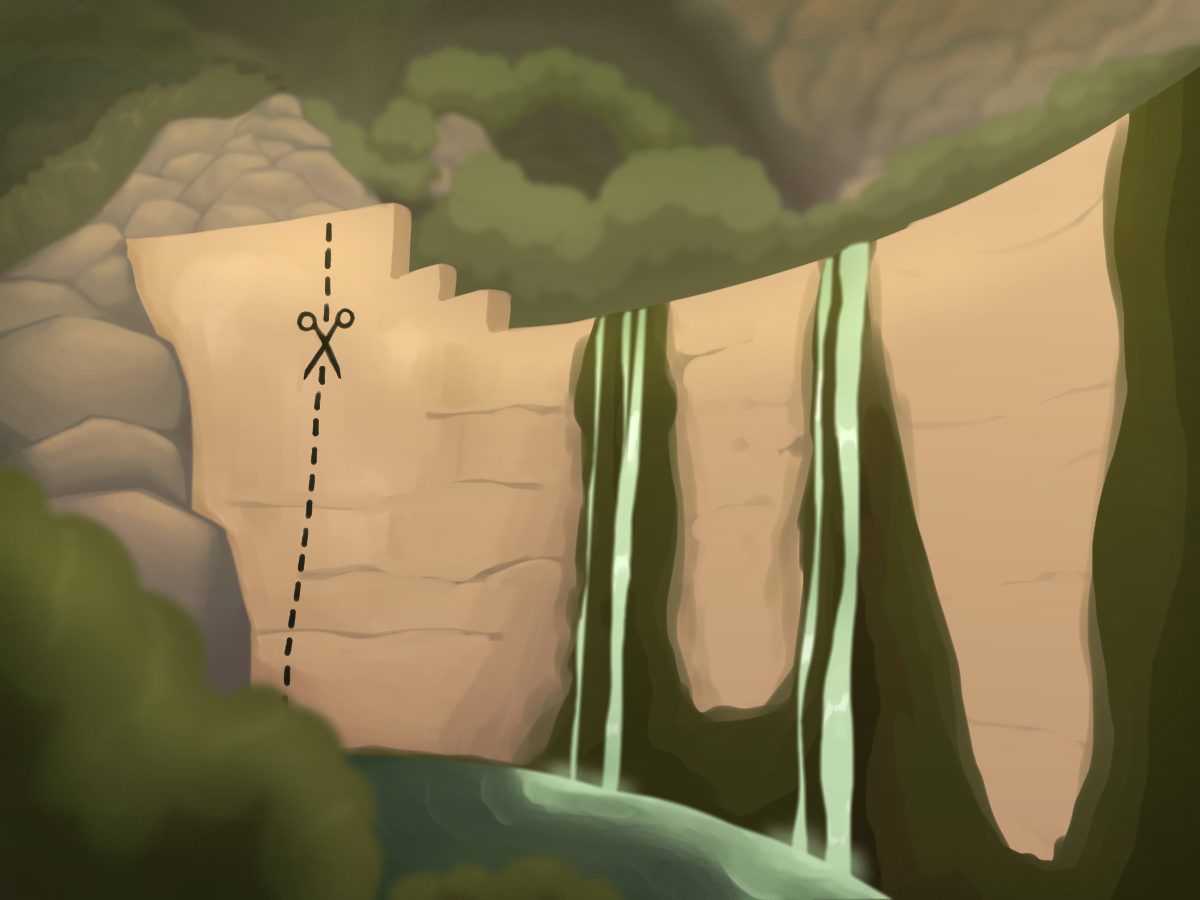An hour away from the bustling roar of suburban life resides a sanctuary of marine ecosystems, endemic species and California’s beginnings. The Channel Islands are home to annual breeding grounds for an array of animals that are found nowhere else on Earth. With this opportunity, Venturians can witness the resurgence of native California animals.
The park preserves a rare combination of climate and vegetation that exists in only five places in the world. A unique selection of plants and animals colonized the islands eons ago.
The Channel Islands are a refuge for endangered species like the Island Night Lizard and the Island Fox. The isolation of the island and minimal human contact gives the ecosystems opportunities to go through natural water cycles which would have been halted by pollution.
The island’s isolation has shown to be a double-edged sword. Many of the islands’ predators are not kept in check which leads to the vulnerability of other species. Take the feral pig, for example. In 1869, ranchers came over to the islands with cattle and pigs. When the pigs escaped the pens, the ranchers were too lazy to catch them. Without a rancher, they were living off of the land and on their wild instincts, and after generations and generations, the feral pig was reintroduced. Without a predator, they destroyed native vegetation, caused widespread erosion, threatened rare plants and disturbed archaeological sites.
The Channel Islands National Park, like the “canary in the mine,” play an important role in indicating when critical changes are happening on the coastline. Just as the miner’s canary alerted miners of poison gases in a shaft, the islands can alert us of environmental and biological changes in the water that will affect our quality of life and the survival of species. The seclusion of the islands gives them a specific acidic content and temperature, and when they change, we know something is wrong with the water.
The Channel Islands are home to more than just elusive animals species, but also indigenous cultures. Archaeological evidence indicates that the Chumash have inhabited the islands for 13,000 years. The rich resources fueled trade between tribes and ameliorated the blending of cultures. One hundred and eight historic village sites have been identified, including 11 on Santa Cruz Island, eight on Santa Rosa Island and two on San Miguel Island.
The colonization of missionaries brought an end to the hunter-gatherer lifestyle. Diseases brought by the Spaniards sent the Chumash population into a destructive spiral and forced the natives from the islands into missions in Santa Barbara, Santa Ynez and San Buenaventura. By the late 1820s, the last of the island Chumash were forced to the mainland and into missions.
The Spanish missions were devastating to the Chumash way of life. However, it has not been erased completely. There is still a population of more than 5000 contemporary Chumash. Some can trace their heritage back to one of the five islands.
The Chumash were not the only ones to enjoy the islands at their peak. Tourists have an abundance of recreational options: hiking, birdwatching, diving, snorkeling, whale watching, kayaking, boating and sailing. With an ecosystem full of sea lions, seals, whales, dolphins, sea turtles, otters, more than 40 species of fish and 60 species of seabirds, tourists have bountiful opportunities to educate themselves and others about the the islands’ aquatic history.
The Channel Islands being inducted into the National Parks Service 37 years ago has both benefited tourism and wildlife, by both serving as a sanctuary and jaw dropping environment. The opportune habitats have reintroduced the ability for endangered species to grow and thrive in the ever changing world they face. The Channel Islands have given the public the possibility to educate themselves and others about the remarkable wildlife that lies in our own backyards.


